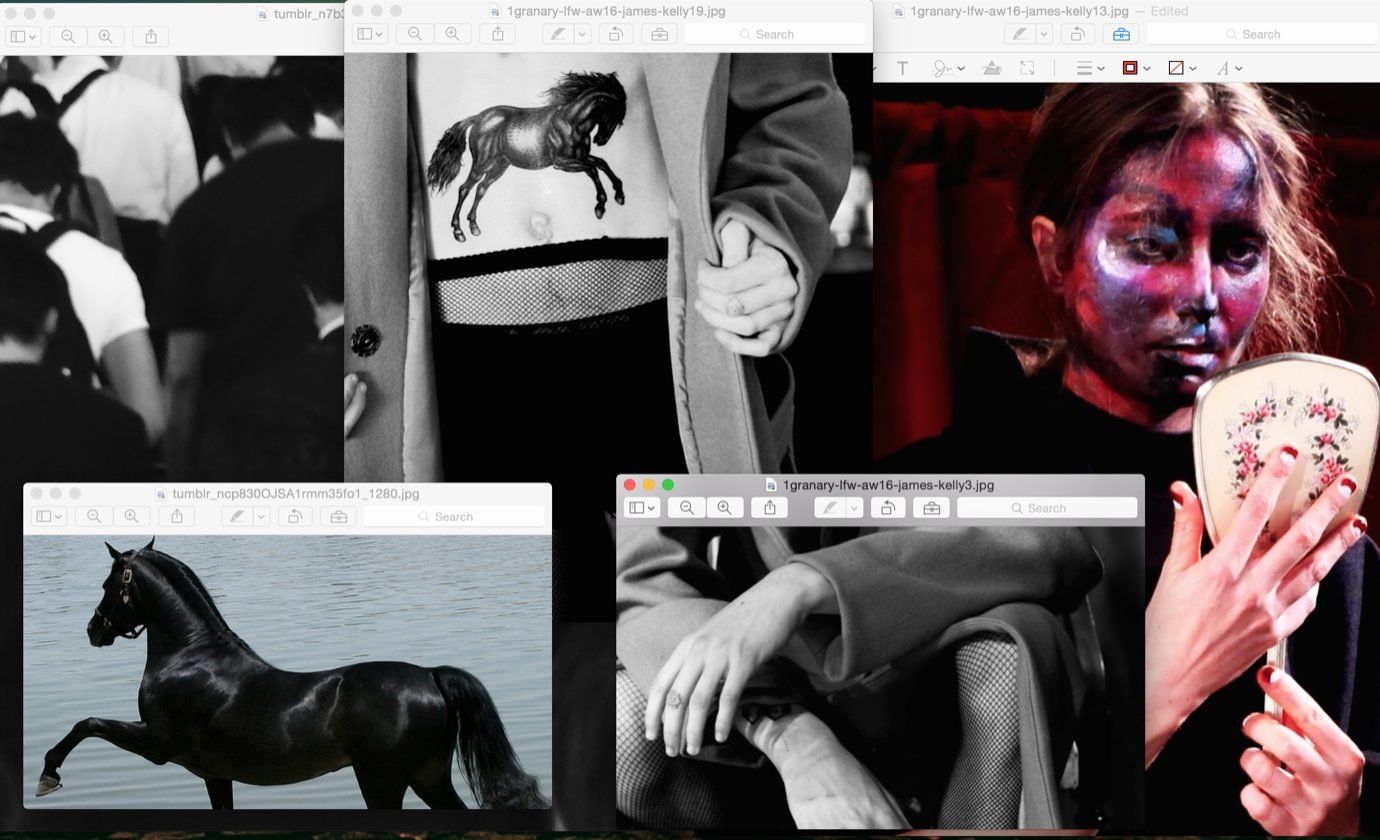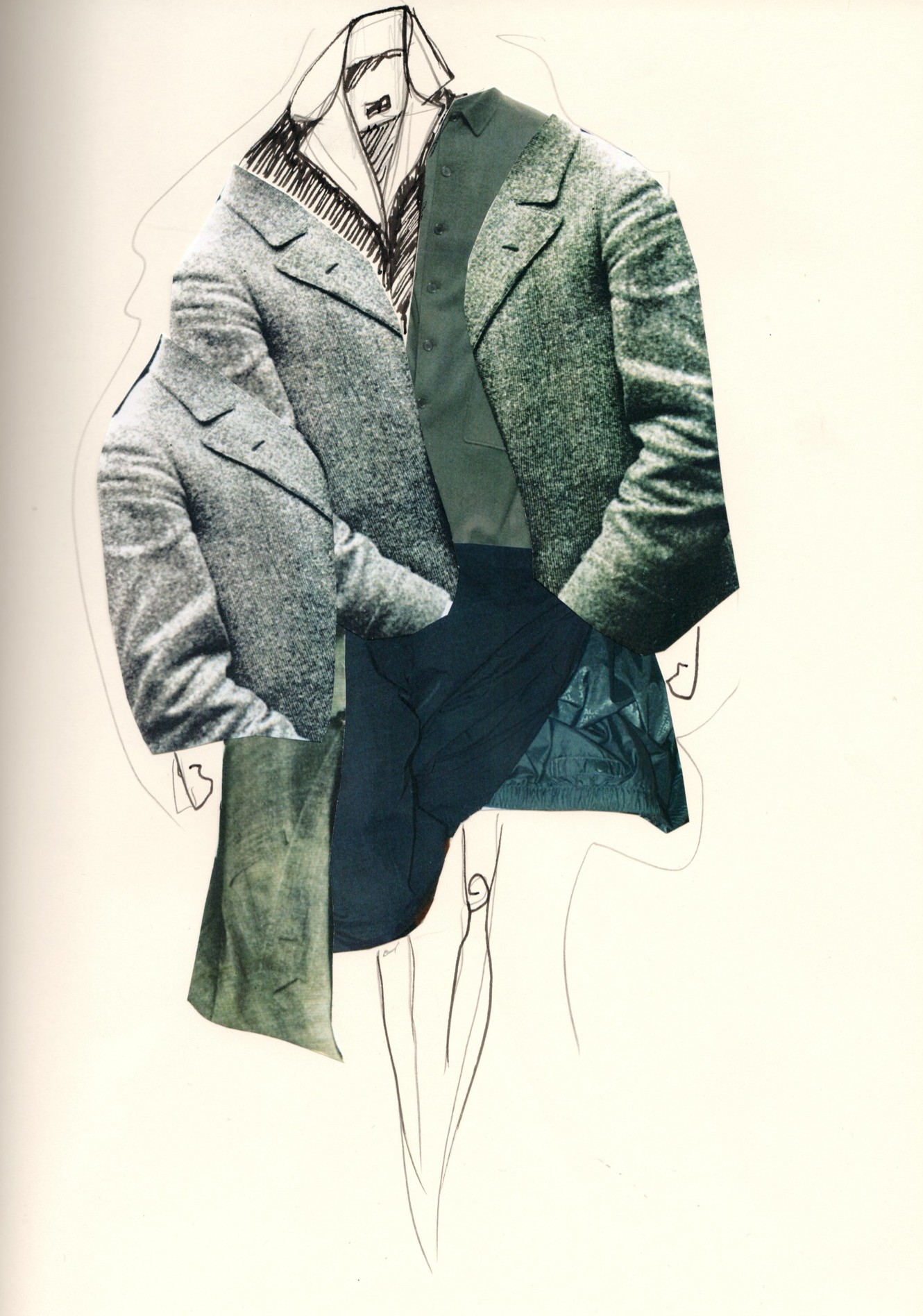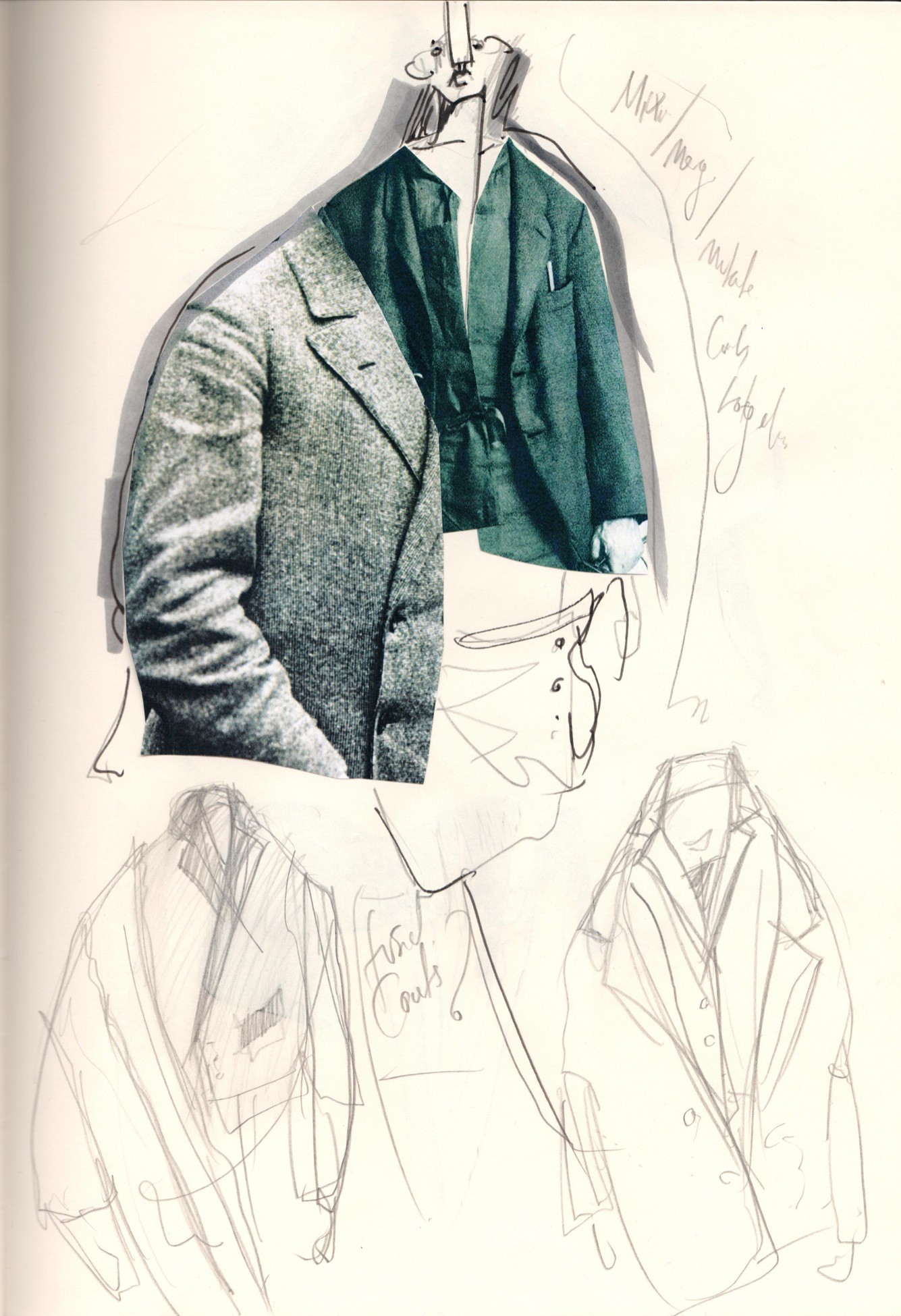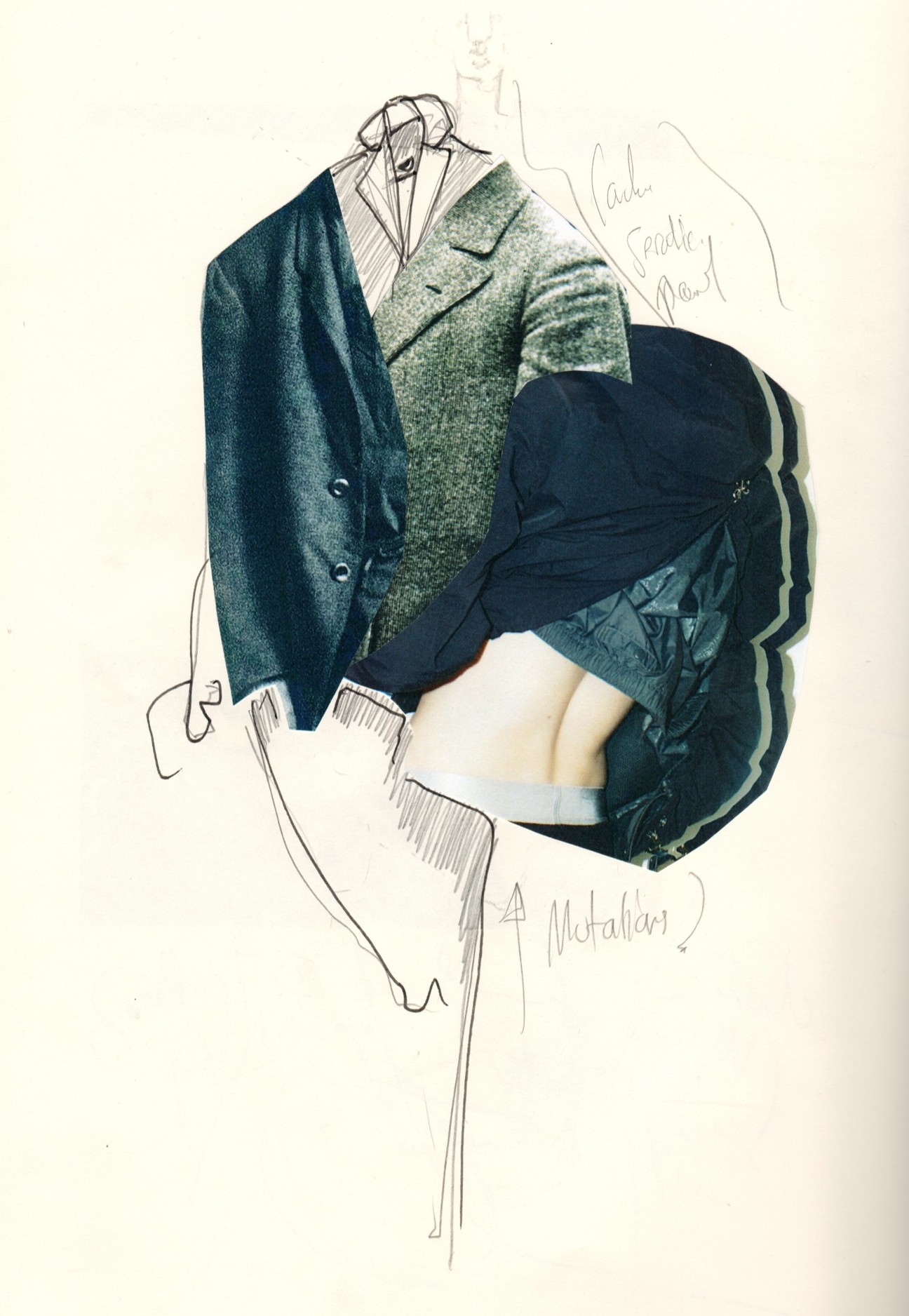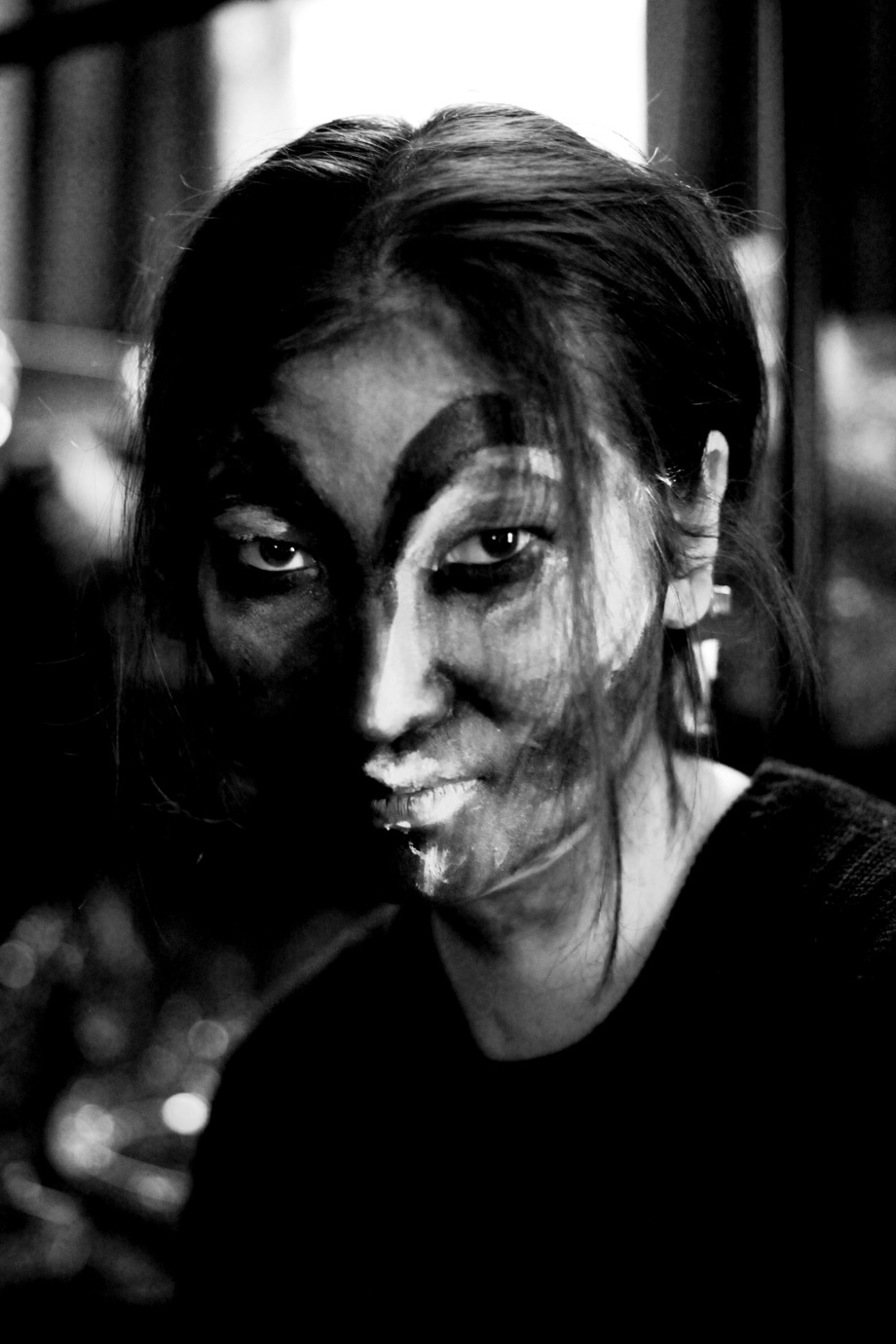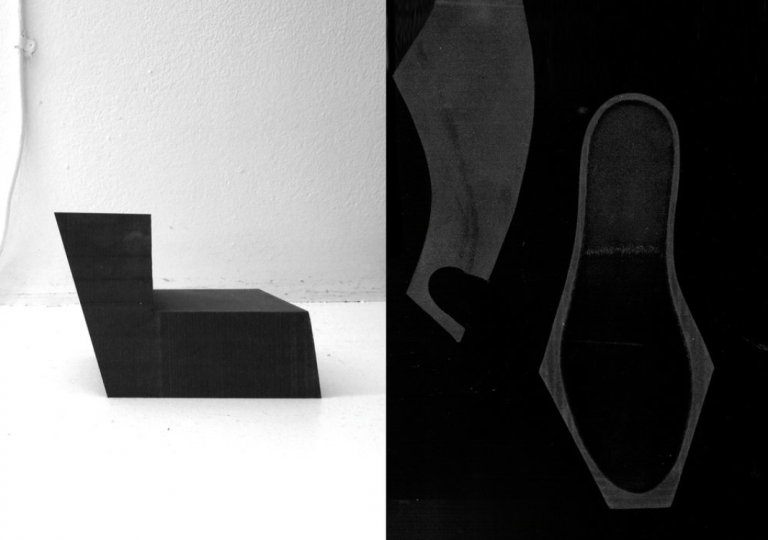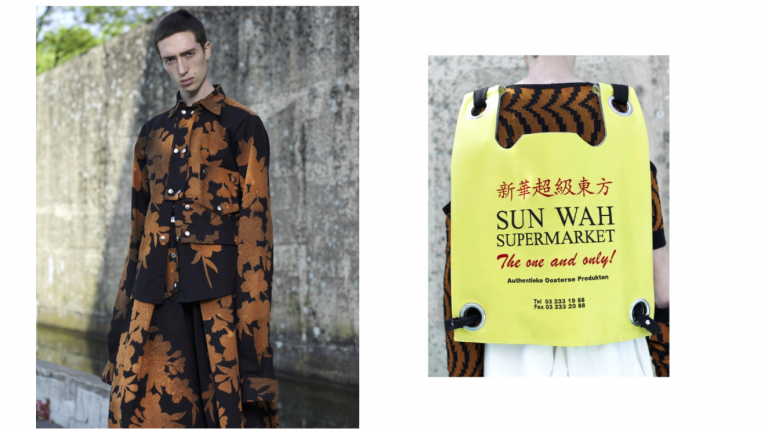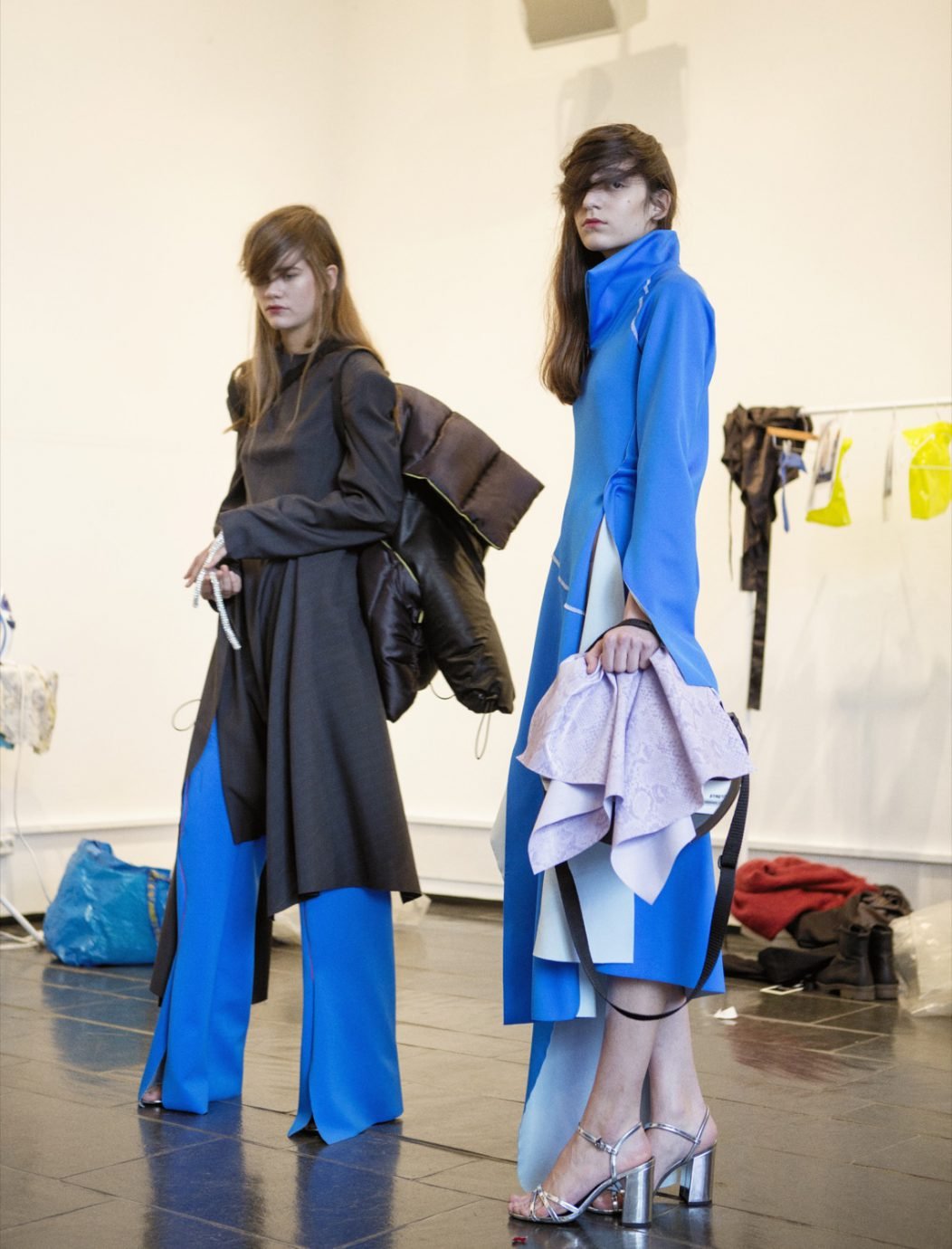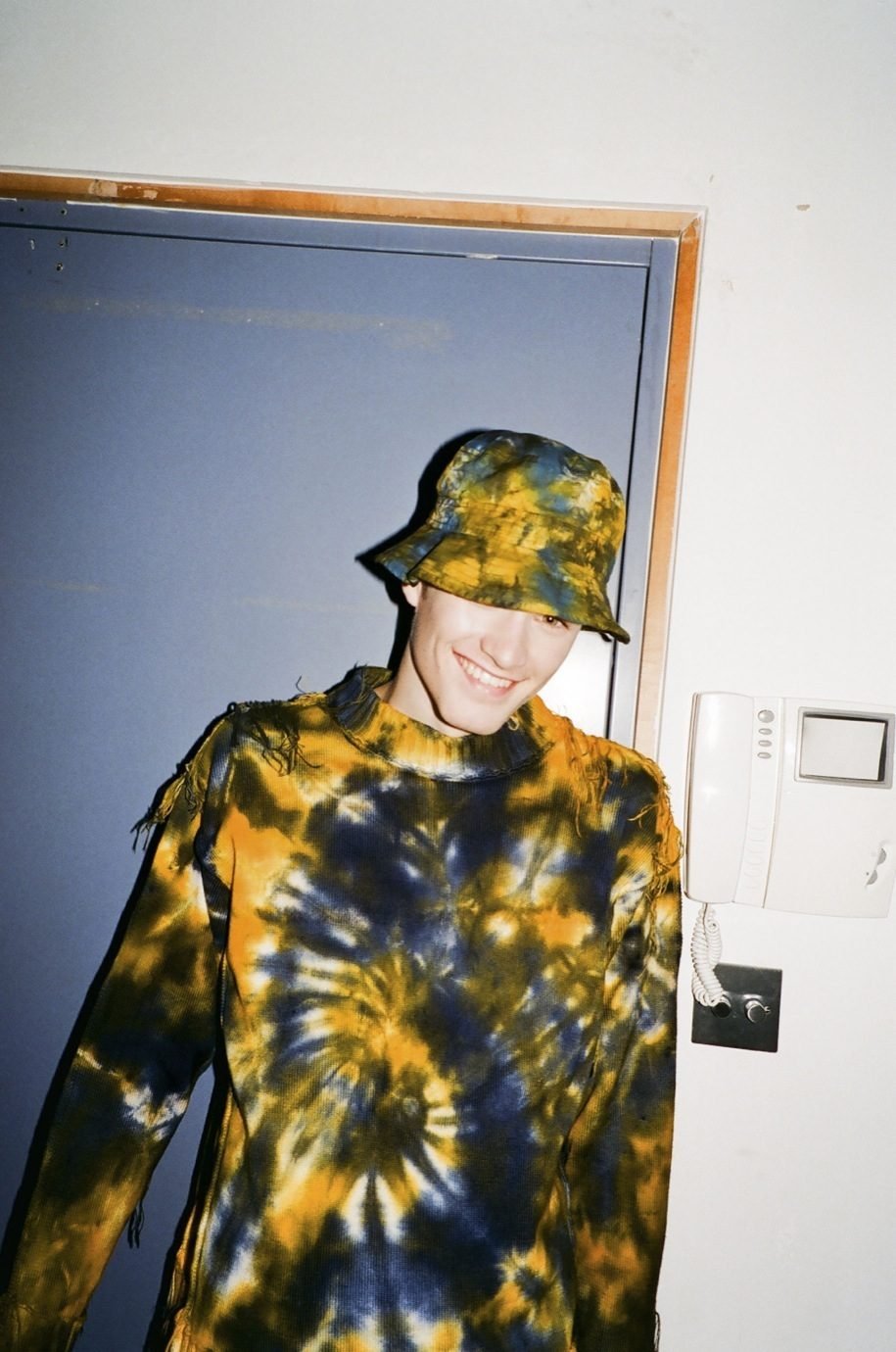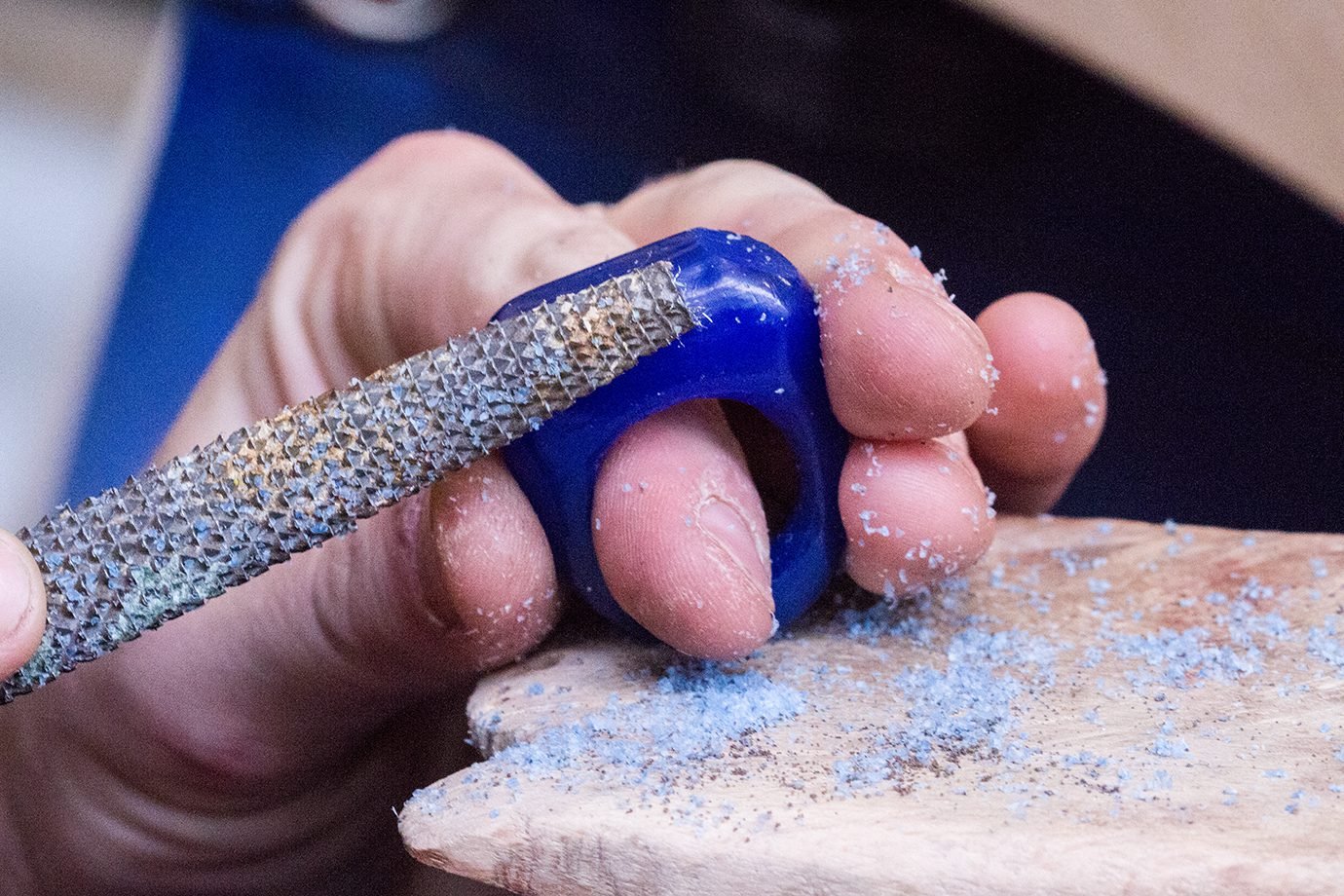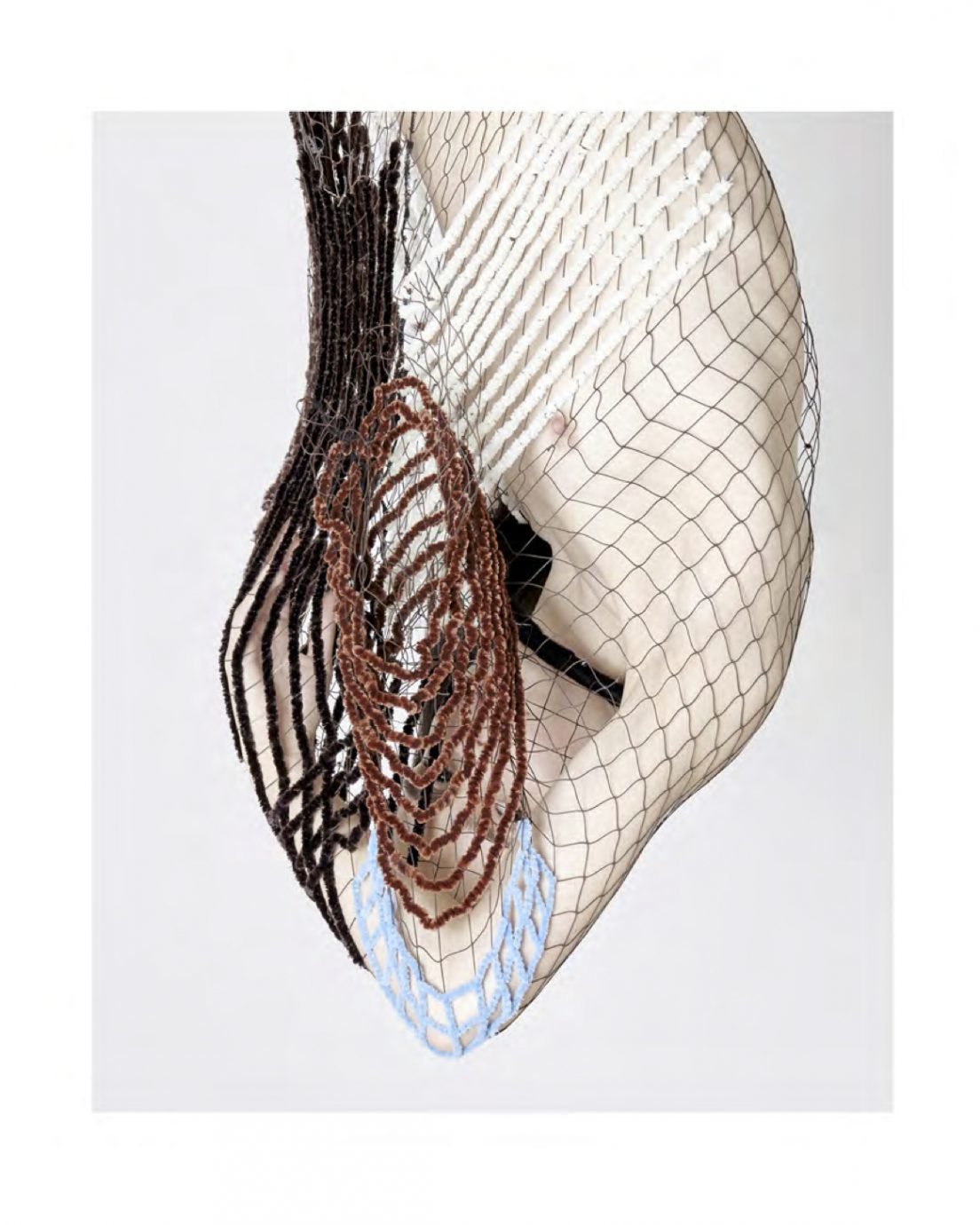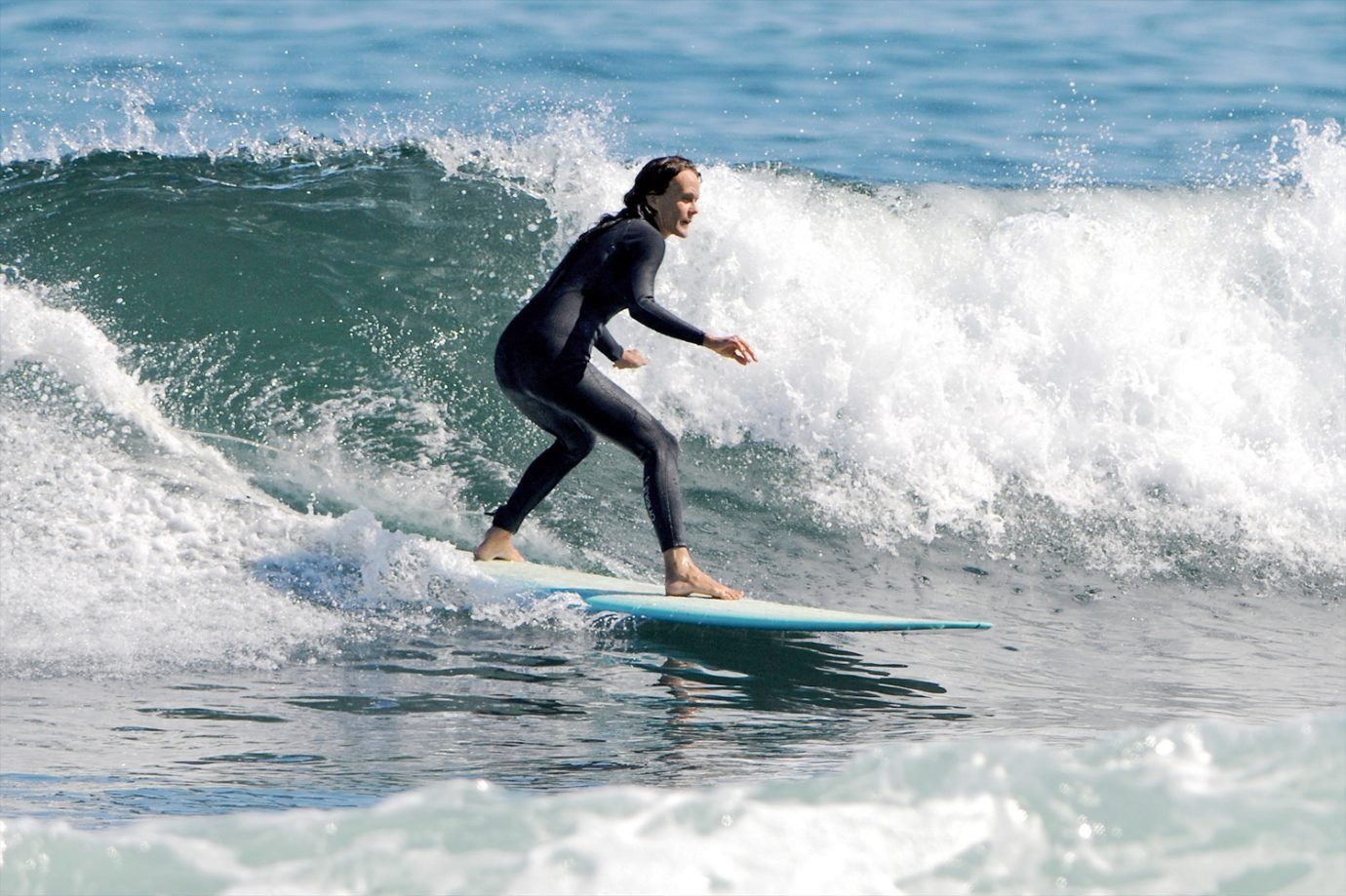This is unsurprising, looking at the RCA graduate’s past year. AW16 was his third collection to show at Fashion Scout, London’s pioneering platform for new designers. James was recently nominated for the H&M Design Award, receiving praise from industry giants Lucinda Chambers, Luella Bartley, Tommy Ton and Justin O’Shea. He is also about to head to Paris, where he will present his wares to buyers for the first time. “It’s the first collection I’ve really focused on trying to sell,” he explains. “I’m a crazy creative – I don’t try to sort out sales and business! But it is important.”
What James Kelly Did Next
James Kelly is on a come down. “Well, it always feels that way after a show,” he laughs. “I’ve spent a long time working on it.” We’re at the tail-end of London Fashion Week, and Kelly’s sunny disposition is brightening my comparably dim Kennington kitchen. This telephone interview was all somewhat last minute (twenty minutes stolen from the 25-year-old designer’s now hectic schedule) but what Kelly can give, he is generous with – and his good mood is palpable.
“I LIKE THINGS TO BE A BIT DERANGED IN A WAY. I DON’T REALLY LIKE CONVENTION – I LIKE TO QUESTION THINGS, I DON’T THINK PEOPLE DO THAT ENOUGH.”
The collection in question, titled, “I Only See Oxygen”, was a dark affair, built on his signature, “unhinged, romantically strange” charms. Rather than design within his favoured palette of navy, khaki and neutrals (“simply the colours I like, and like to see people in”), Kelly experimented more with black. “I normally shy away from it,” he tells me. “That’s why I wanted to work with it this season, and really push myself to create a collection focused on shape. I always like to challenge myself a bit – I can’t just do bloody green collections for a lifetime.” The choice also unleashed the opportunity to use much favoured artist, Francis Bacon, as a jumping off point. “His art has always resonated with me,” Kelly explains. “Because I always like to distort and mutate clothing anyway. It was the perfect timing to use him as a reference, and to build a story around that.”
The result is what James himself refers to as a, “nightmarish jazz scene”, though he is also open to the suggestion of, “Gatsby on acid.”
“I like that!” He enthuses. “I kind of wanted it to be like… do you know the Japanese series Silent Hill? It kind of has two different dimensions. So I wanted the collection to have darker dimensions too, to make everything nightmarish; to take you to a darker place.” To do this, Kelly worked with wool for the first time, alongside the heavy cottons and nylons for which he’s known. Details came from a take on tailoring, a technique that before was somewhat elusive to the designer, and he insists that his methods of working avoid the formulaic. “I always feel I have a ‘make it up as I go along’ kind of vibe,” he explains, “it’s trial and error. I guess I’m just a bit more sporadic when I work than most.”
Though this might be the case when it comes to his methods, the development of his concepts have become much more refined. “Having that editing eye is something I’m a lot better at now,” he tells me. “Editing was quite hard when I was studying. I think there’s a lot of pressure as a student, as that collection is your chance to say exactly who you are. Sometimes less is so much more, and now I have time to focus on myself as a designer. I can now say who I am.” Which is? “I like things to be a bit deranged in a way. I don’t really like convention – I like to question things, I don’t think people do that enough.”
“I’M STILL SO YOUNG, I’M GOING INTO THIS INDUSTRY HEAD FIRST, AND I LOOK AT FRIENDS WORKING AT BRANDS AND THINK IT’S SO GOOD THEY KNOW HOW A BIG COMPANY WORKS.”
As a new designer, this is brave; many might be more tempted to push for more commercial designs. Kelly though, is sure of his place in the industry. “The industry is becoming a very commercial entity,” he begins. “Places like Burberry, Tom Ford – they’re just big financial powerhouses. They can have their collections ready to go as soon as they’re shown. But people are asking where that leaves young designers,” he pauses. “I don’t think it will make us look more interesting, but certainly different.” Could small design become the new haute couture, I ask? “Yeah, exactly. It’s a more interesting way to do it. At the end of the day, big houses will be able to do something that we as young designers can’t – and that is where the shift is going to be interesting to see.”
Working for a big house however, isn’t something Kelly wishes to rule out – in fact, it’s next on his to do list. “At my own label, it’s nice that whatever I have in my head and can put to paper, I can do,” he explains. “But part of me likes the idea of working for a brand. Not necessarily for the stability, but the experience. I’m still so young, I’m going into this industry head first, and I look at friends working at brands and think it’s so good they know how a big company works.” Does he have a preference? “I’d love to go to Margiela to be honest,” he answers. “That’s what I’m trying to push for the next year.”
I say I find this surprising, given his independent success. He is swift to respond. “You know, I’ve done my three seasons with Fashion Scout, and that’s great – but I feel like getting some good years of experience behind me and then coming back and seeing what happens. I’ll have a better head; a clearer head. I’m only 25. So many students are out there and so many graduates too. To say I’ve had three seasons in London is incredible – I could have never imagined it.”

